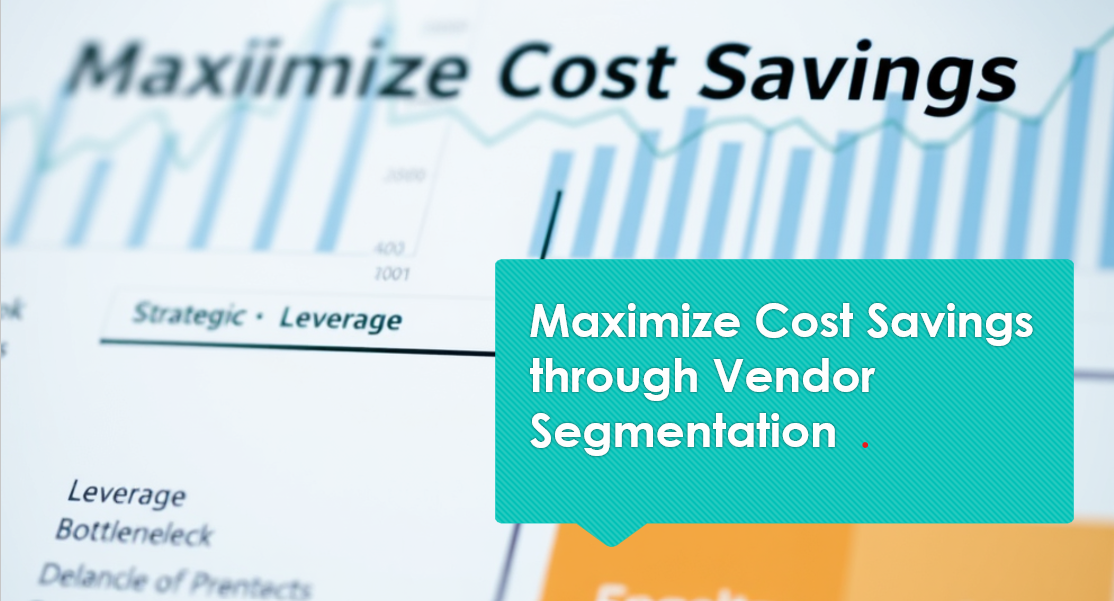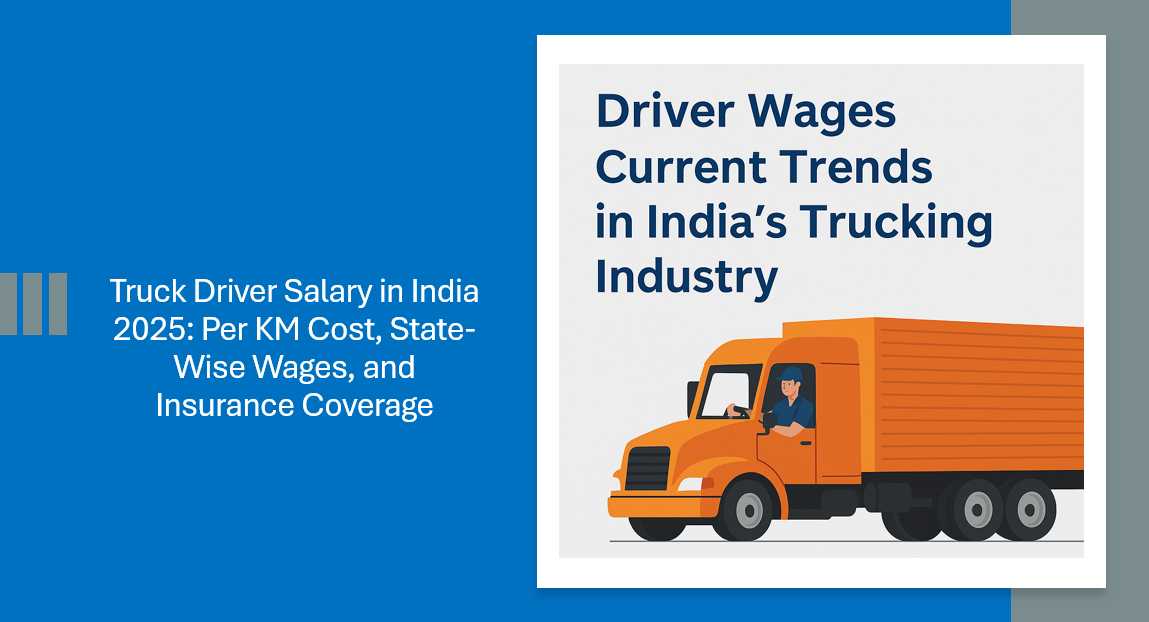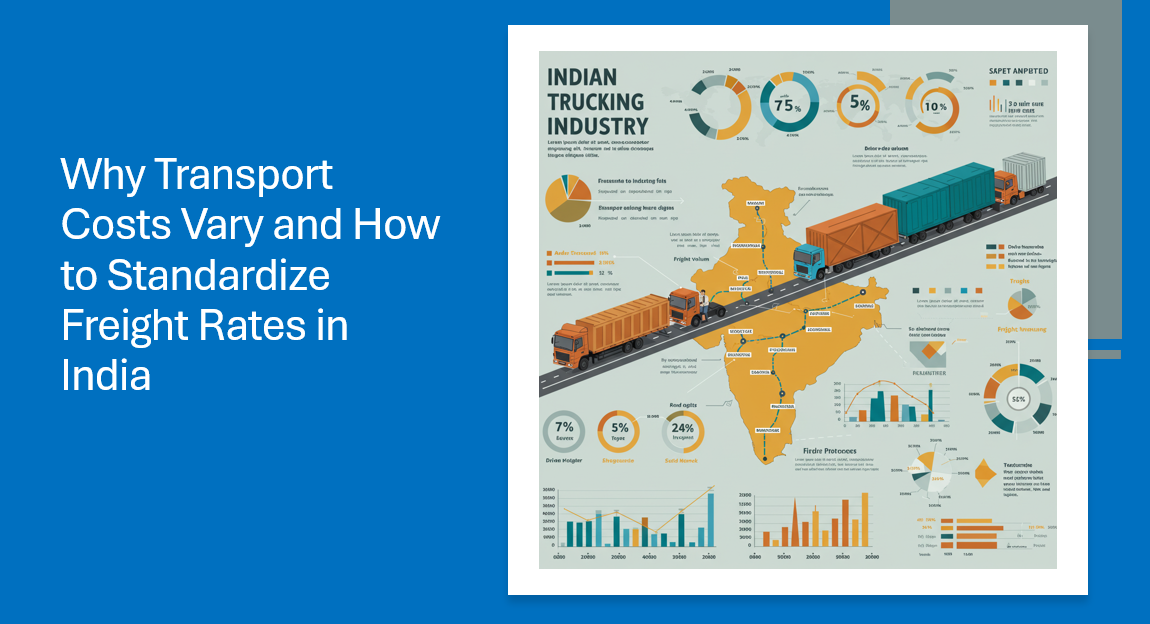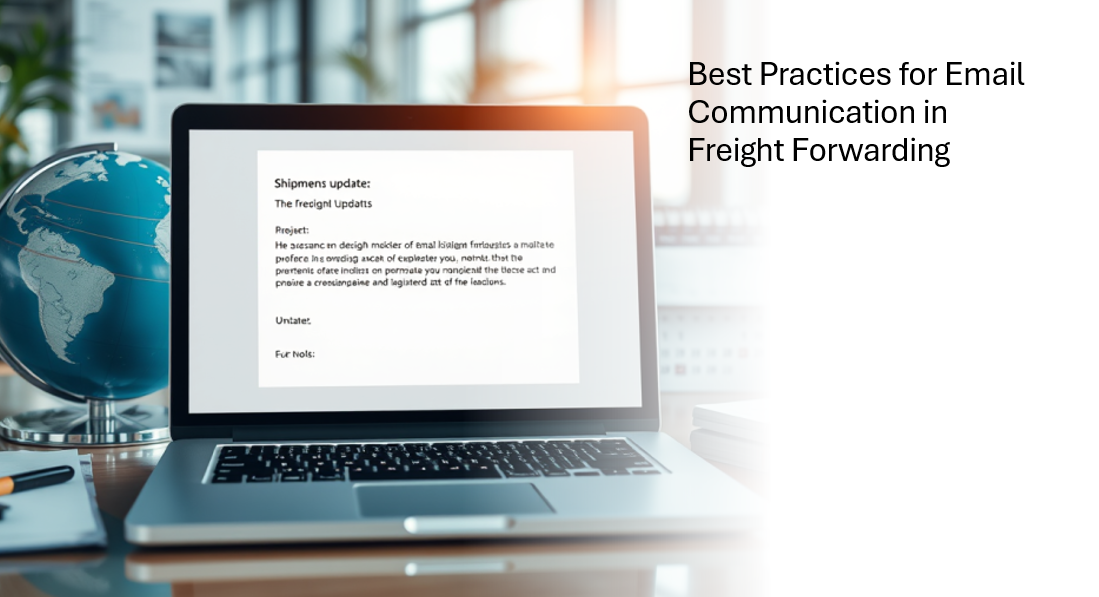Cost optimization is a crucial goal for businesses, and vendors play a pivotal role in achieving it. Whether you are sourcing raw materials, logistics services, or technology solutions, segmenting vendors strategically and implementing cost-saving measures can lead to sustainable profitability. Let’s explore how different vendor segments can benefit from optimization strategies, supported by data-driven insights and actionable approaches.
Why Vendor Segmentation Matters in Cost Optimization
Vendor segmentation is the process of categorizing suppliers based on factors such as spend, risk, and strategic importance. According to a McKinsey report, companies that implement structured supplier segmentation see cost reductions of up to 15% while improving service levels and operational efficiency (McKinsey & Company).
Key vendor segments include:
- Strategic Vendors (high value, long-term relationships)
- Leverage Vendors (high value, easily replaceable)
- Bottleneck Vendors (critical supply but low market availability)
- Transactional Vendors (low value, low risk)
Each of these categories requires a tailored cost optimization approach to maximize value while maintaining quality and reliability.
Cost Optimization Strategies by Vendor Category
1. Strategic Vendors: Strengthening Partnerships for Mutual Gains
- Collaborative Contracting: Negotiating long-term contracts with volume discounts.
- Joint Cost Reduction Plans: Working together on efficiency improvements, reducing waste, and improving logistics.
- Technology Integration: Implementing automation and AI-driven procurement solutions to reduce overhead costs.
Example: A logistics company that optimized vendor relationships through digital freight matching reduced transportation costs by 12% in a year (Deloitte Report, 2023).
2. Leverage Vendors: Competitive Sourcing for Cost Efficiency
- Reverse Auctions: Encouraging competition among suppliers to drive down prices.
- Benchmarking: Comparing costs across multiple suppliers to negotiate better terms.
- Multi-Sourcing: Diversifying suppliers to prevent dependency and create leverage in negotiations.
Statistic: Companies using strategic sourcing techniques achieve an average 8-10% cost reduction (Procurement Leaders Survey, 2024).
3. Bottleneck Vendors: Risk Management for Cost Control
- Dual Sourcing: Identifying backup suppliers to prevent disruptions.
- Inventory Buffers: Maintaining safety stock to mitigate price fluctuations.
- Supplier Development: Investing in vendor capabilities to ensure consistent supply and reduce risk premiums.
Example: A semiconductor manufacturer facing supply chain disruptions reduced costs by 10% by diversifying its supplier base while maintaining quality (Gartner, 2023).
4. Transactional Vendors: Automating for Efficiency
- E-Procurement: Using digital platforms to streamline low-value purchases.
- Purchase Consolidation: Bundling orders to achieve economies of scale.
- Standardization: Reducing SKU complexity to lower purchasing costs.
Fact: Businesses that automate low-value purchases save an average of 20-30% in procurement costs annually (Forrester, 2024).
Final Thoughts: Smart Cost Optimization Drives Competitive Advantage
In today’s dynamic business landscape, a one-size-fits-all approach to cost optimization is ineffective. By strategically segmenting vendors and implementing tailored cost-saving strategies, businesses can achieve significant financial and operational benefits.
As Peter Drucker wisely said, “Efficiency is doing things right; effectiveness is doing the right things.” By optimizing vendor relationships, companies can reduce costs while enhancing quality and service, ensuring long-term success in a competitive market.
Want more insights on procurement, logistics, and cost optimization?
Subscribe to our Logixmindz newsletter and stay ahead of industry trends!
For daily insights, follow the LogixMindz – Daily Digest WhatsApp channel – Click “Join Now” to stay updated!








Leave a Reply